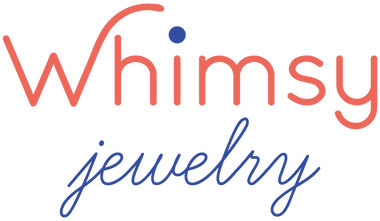When shopping for diamonds, you will inevitably hear the word “carat” thrown around. But what does that mysterious word really entail? How do carats influence the size, price and appearance of a diamond? I explain everything you need to know to make an informed decision and save money on your meaningful purchase.
The definition
After reading this previous article, you should know the difference between Carat and Karat. In short, the carat describes the weight of a gemstone while the karat indicates the purity of a gold alloy.
The carat, abbreviated ct, is a unit used to measure the weight of gemstones: 1 carat equals 0.2g and is also divided into 100 points to help better describe smaller gems. A 1 point diamond is 1/100 of a carat so it weighs 0.002g and usually measure about 1.2mm diameter for a round diamond. A 50 pointer is a term used to describe a half carat gemstone.

Relation between Carat and diamond Size
A one carat round diamond, when cut to optimal proportions, should measure approximately 6.5mm in diameter. Now imagine you hold between your fingers that same perfectly proportioned 1 carat round diamond, but it is made of clay. If you squeeze it slightly, its weight is not affected but it becomes deeper and its diameter shrinks. Now you are holding a deeper round diamond of 6.2 mm diameter yet it is still a 1 carat diamond. Here is an illustration to help visualize what I mean:

On the above illustration, all diamonds weigh exactly 1 carat but they all have different dimensions. A 1ct round diamond cut too deep will display a smaller visible face than a same weight diamond cut in ideal proportions. Then a 1ct pear shape diamond will appear bigger than a 1ct round one.
The importance of the Cut

Diamonds that are cut too shallow (A) or too deep (C) allow the light entering through the table, the upper part, to escape via their lower part, the pavilion, instead of being redirected to the table hence the viewer's eye.
An ideally cut diamond, like on figure B, will optimally reflect, refract and disperse the light, creating a stunning combo of fire, brilliance and scintillation that will make it stand out.
Relation between Carat and Value
As you can imagine, the higher the carat the higher the price but the price curve is far from linear. The price increase is mostly influenced by the 3 following factors.
Key Carat Values
There are higher increases just before key carat values such as 0.50ct, 1ct, 1.5ct etc because they are in high market demand. The price per carat (ppc) increases disproportionately just before these key carat milestones. For example from 0.49 to 0.50ct, 0.99 to 1.00ct etc. Smart buyers will favor a 0.99ct diamond over a 1.00ct to save a substantial amount of money that can be used towards the cost of making a better gold ring for example.
Rarity of larger diamonds
The price of diamonds also increases exponentially with carat weight. It is because large diamonds are rarer than small ones making them more valuable per carat. For example a 2cts diamond is not double the price of a 1ct one but rather 4 times the price.

The graph above describes the price of round diamonds of fixed D color and FL clarity depending on the carat value. You can clearly visualize the steps I mentioned before at key carat values and the exponential nature due to the rarity of larger size diamonds.
The 4 Cs
Other factors to consider that largely influence the price as well are the famous 4Cs: Cut, Color, Clarity and of course Carat that we already covered. Cut being the most influential on the price because a perfectly cut diamond will reflect the light optimally making it look bigger and more impactful, it could even make up for less than ideal clarity and color.
In conclusion:
-
Pick a diamond weight just under the key number: 0.99 instead of 1.00 for example.
-
Consider alternative to round diamonds like Pear and Marquise that appear bigger due to their elongated shape.
-
Prioritize Cut over Color and Clarity.
